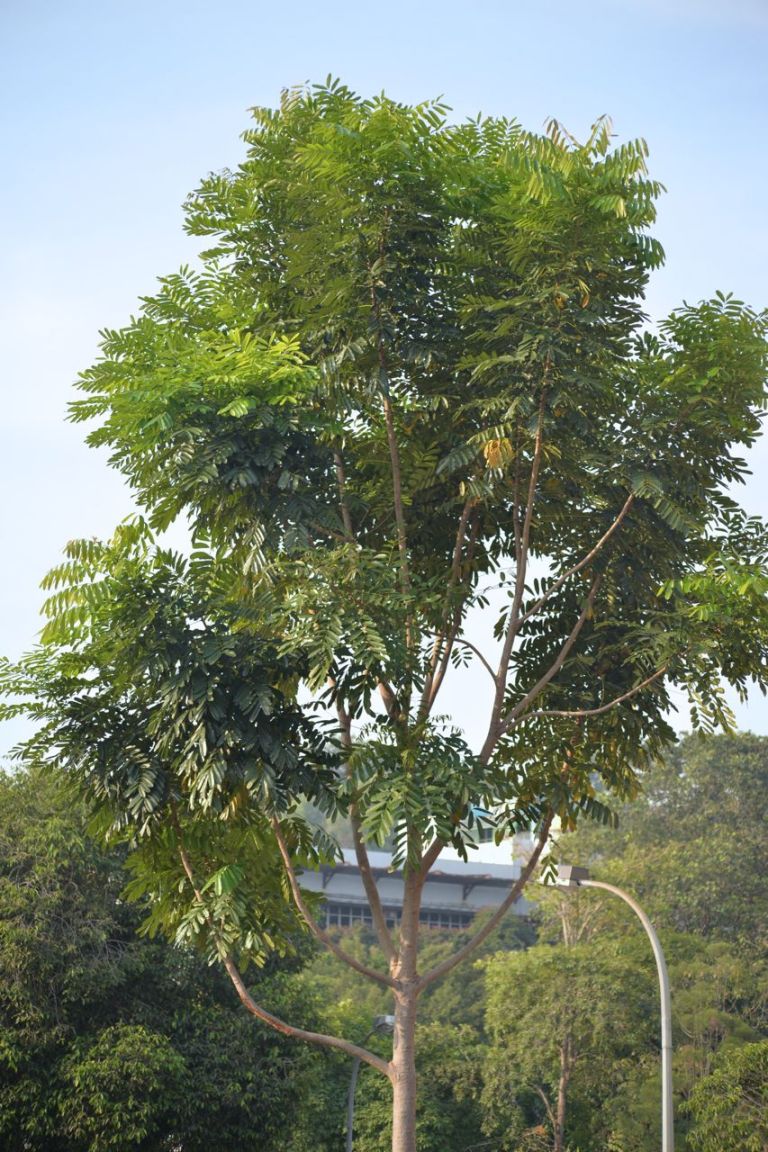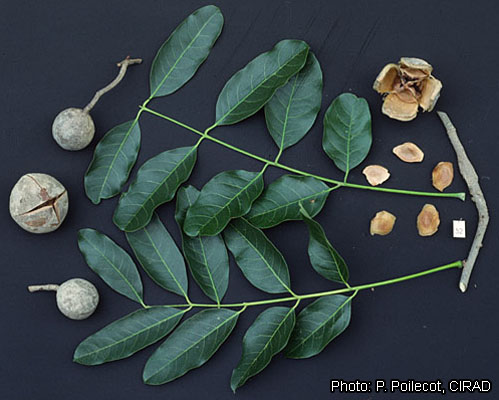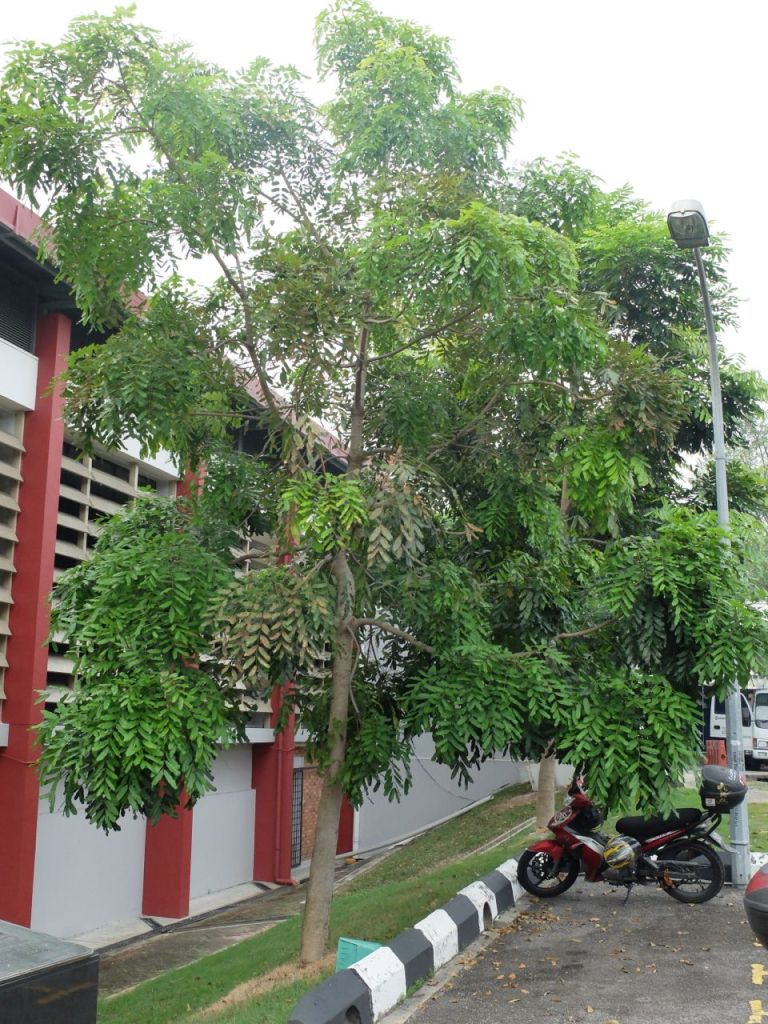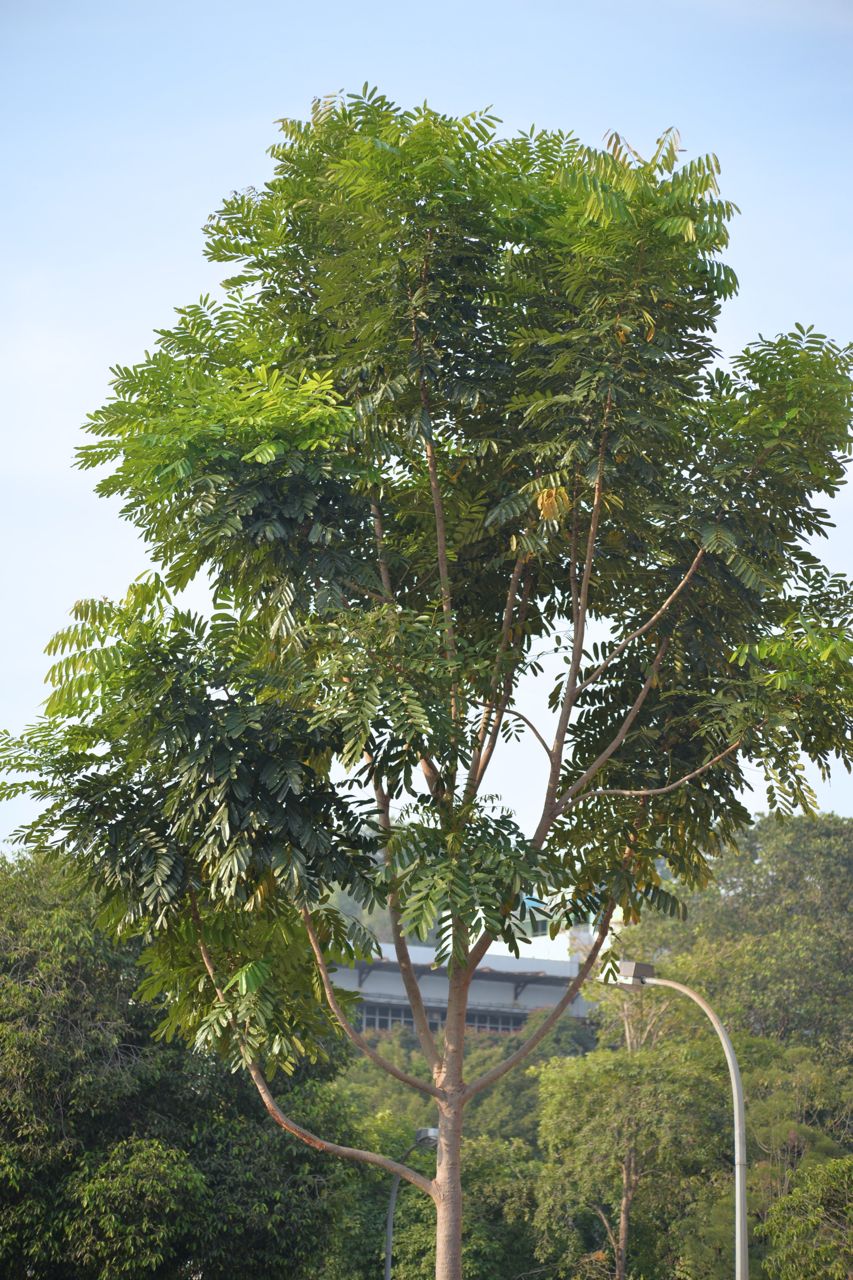YOU ARE NOW READING AN ARTICLE ON ENDANGERED SPECIES
About This Tree
MELIACEAE (Mahogany family)

African Mahogany, also known as Khaya Wood originated from tropical Africa and Madagascar, and widely distributed from Senegal to Congo in West Africa. The specific epithet of this evergreen trere, senegalensis, means ‘from Senegal’. It is commonly grows in riverine forests and savannah with high rainfall. Its trunk has a smooth bark, growing up to 30 metres in height. Khaya is mainly pollinated by insects and its flowers tend to bloom during rainy seasons. Its leaves secrete red sap, which is a good way of identifying this tree. The leaves are rather oblong in shape, with rounded leaf base. The fruits will still remain on the tree throughout the dry season.

©http://www.prota4u.org/
Common Uses
The woods of African mahogany are widely used for construction, flooring, interior trim, vehicle bodies, toys, novelties, railway sleepers and pulpwood. It is also valued for manufacturing cars, furniture, cabinet work, ship building and decorative veneer. In West Africa, the oil from the seed are often used for cooking while the wood is used for pulp. Look around UM, this tree is popularly planted along roadsides of Lingkungan Budi towards KL Gate, and even up around Bukit Cinta.

Interesting Facts!
- It is in fact a vulnerable species due to habitat loss and degradation based on IUCN specification, but these tree is everywhere planted in UM grounds, it is locally a stable species.
- In Burkina Faso roadside trees have been attacked by leaf-eating caterpillars, e.g. of Bourgognea microcera.
- Hypsipyla robusta shoot borers can seriously damage the growth of Khaya.
References:
http://www.prota4u.org/protav8.asp?p=Khaya+senegalensis
http://www.iucnredlist.org/details/summary/32171/0
Click to access Khaya_senegalensis.PDF
http://www.theplantencyclopedia.org/wiki/Khaya
Want to know more? (More contents coming soon!)
